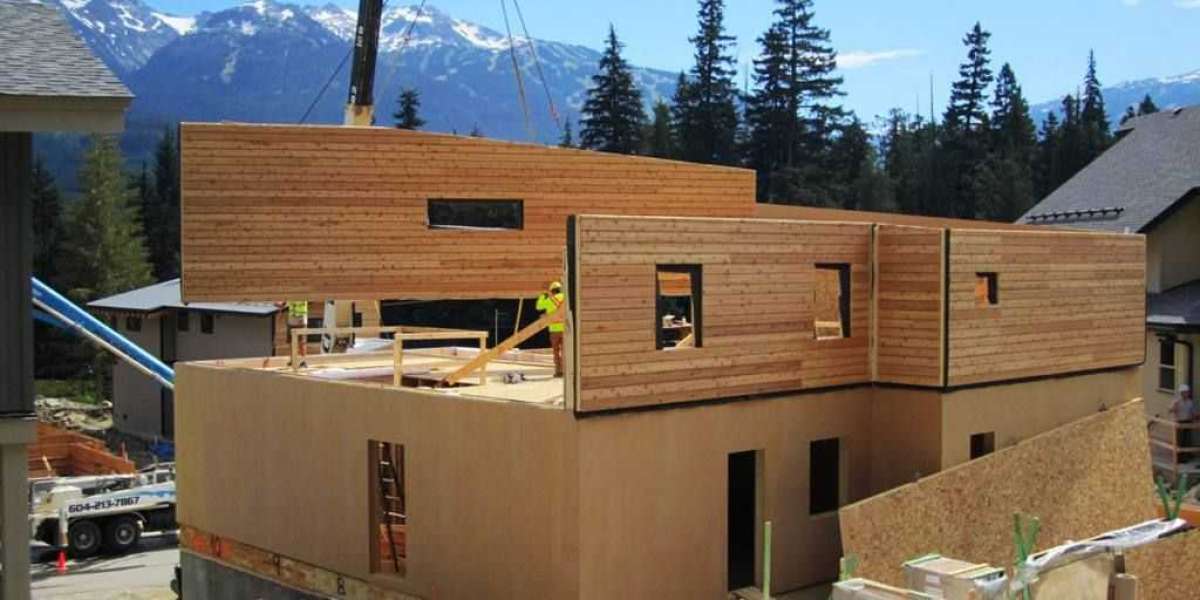Prefabricated buildings have come a long way in recent years, offering more design options and features than ever before. Gone are the days of cookie-cutter designs and limited choices; today's prefabricated buildings are customizable to suit any need and preference.
If you're considering a prefabricated building for your home or business, it's important to know your options and what design features are available. From the exterior appearance to the interior layout, there are various ways to customize your prefabricated building to create a unique and functional space. This article will explore some of the design options and features available when customizing a prefabricated building. We'll look at ways to make your building more energy-efficient, how to choose the right materials for your project, and what types of design elements can make your building stand out.
So whether you're looking to build a new home, expand your business, or create a unique structure for your organization, read on to discover the many design options and features available when customizing a prefabricated building.
Design Options for Prefabricated Buildings
Prefabricated buildings offer a wide range of design options for customers. These buildings can be customized to meet specific design requirements and can be designed to match the existing architecture of a property. Some popular design options for prefabricated buildings include:
Roofing Options:
Customers can choose from various roofing options, including flat, pitched, and gable roofs. The roofing material can also be customized based on the customer's preference.
Wall Options:
Prefabricated buildings can have different types of walls, such as brick, stone, wood, or metal. The color and texture of the walls can also be customized.
Flooring Options:
The flooring can be made of various materials such as tiles, wood, carpet, or vinyl. The design and color of the flooring can also be customized.
Windows and Doors:
Customers can choose from various windows and doors based on their preferences. The windows and doors' size, style, and material can be customized.

Features of Prefabricated Buildings
Prefabricated buildings come with several features that make them popular for construction projects. Here are some of the features of prefabricated buildings:
Energy-Efficient:
Prefabricated buildings are designed to be energy-efficient, which can help reduce energy bills.
Quick to Assemble:
Prefabricated buildings are easy and quick to assemble, saving time and money on construction.
Durable:
Prefabricated buildings are made of high-quality materials that can withstand harsh weather conditions, making them long-lasting.
Customizable:
Prefabricated buildings can be customized to meet the specific needs of the customer.
Environmentally Friendly:
Prefabricated buildings are environmentally friendly, as they produce less waste and can be recycled.
Factors to Consider When Customizing a Prefabricated Building
When customizing a prefabricated building, there are several factors to consider to ensure that the building meets the customer's specific needs. Here are some of the factors to consider:
Purpose of the Building:
The purpose of the building will determine the design, size, and layout of the building.
Budget:
The budget will determine the building's features, materials, and finishes.
Location:
The location of the building will impact the design, as different regions have different weather conditions that must be considered.
Building Codes:
Building codes vary by region and must be considered when customizing a prefabricated building.
Sustainability:
Customers can incorporate sustainable features into their prefabricated buildings, such as solar panels or rainwater harvesting systems.
Advantages of Customizing a Prefabricated Building
Customizing a prefabricated building has several advantages over traditional construction methods. Here are some of the advantages:
Faster Construction:
Customizing a prefabricated building is faster than traditional construction methods, saving time and money on construction.
Cost-Effective:
Prefabricated buildings are often less expensive than traditional construction methods.
Customizable:
Customers can customize their prefabricated building to meet their needs and design preferences.
Environmentally Friendly:
Prefabricated buildings produce less waste and can be recycled, making them environmentally friendly.
Energy-Efficient:
Prefabricated buildings are designed to be energy-efficient, which can help reduce energy bills.
By considering these factors and taking advantage of the design options and features available for prefabricated buildings, customers can customize a building that meets their needs while being cost-effective, environmentally friendly, and energy-efficient.

Conclusion:
Customizing your prefabricated building can be fun and exciting, allowing you to create a space unique to your needs and preferences. Whether you're looking to build a new home, expand your business, or create a custom structure for your organization, various design options and features are available to help you achieve your goals. By considering your exterior design options, interior layout and design, energy-efficiency features, and customizing for your needs, you can create a functional and aesthetically pleasing building.
Choosing the right materials and making your building stand out with unique features and additions can further enhance your building's appeal and functionality. As you plan and build your custom prefabricated building, work with experienced design professionals and choose a reputable manufacturer. With careful planning and attention to detail, you can create a custom prefabricated building that meets all your needs and exceeds your expectations.



